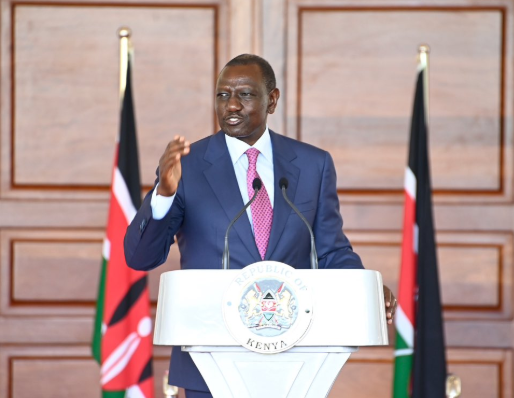Steps Kenyan startups can take to optimise success

Last year was tough on Kenyan startups and the trend continues with recent casualties such as e-commerce firms Copia and MarketForce.
Startups failing is not a new phenomenon – Founders Factory Africa estimates that that 20 percent of startups fail within a year and 90 percent ultimately fail.
As such, startup failures in Kenya, or indeed other parts of the world, should not be viewed with a harsh lens. Startups fail for many reasons, ranging from running out of funding to poor product-market fit.
While there are no guarantees in life, here are four steps that aspiring founders can take to optimise their startups’ odds of success.
First, take time firming up the problem to solve. Most startups begin with an idea, a hunch or a hypothesis – introducing a product or a service with the aim of solving a specific problem.
These hunches can be based on personal experience or encounters with the problem, or just general euphoria to cash in on changing trends such as rapid smartphone adoption.
While this is a good start, founders should spend ample time researching and validating customers’ actual needs before starting any build work.
When conducting research, it is imperative to ensure that it covers both qualitative and quantitative aspects.
Surveys (e.g. Google forms, Survey Monkey), web analytics (e.g. Google Analytics) and heat mapping are some of the methods that can be used to conduct quantitative research, while interviews, focus groups and field studies are methods founders can use to conduct qualitative research.
Secondly, you must establish product market fit early. Simply put, product market fit (PMF) means building a product that people like and are willing to pay for.
Generally, when people like a product, they are more likely to recommend it to their families. There are various ways of determining a PMF such as surveying and interviewing customers to determine if a product is a must-have or could-miss.
When conducting surveys, best practice recommends using open-ended questions to enable customers to provide detailed responses.
Other ways of determining PMF for early-stage companies include acquiring customers through referrals (i.e. organic growth) and retaining them month over month.
Thirdly, the entrepreneur needs to assemble a strong ecosystem of support. Just as it is important for founders to think about ecosystems when building a product, it is also important to build an ecosystem of the right stakeholders.
There’s a saying in the startup world that having an A team with a B idea is better than having a B team with an A idea.
An A team is one that is agile and proactive in learning and making mistakes, solution-focused, and has a results-oriented mindset, which is the ability to see how individual contributions impact the goal. To fully optimise chances of success, founders need to go beyond just hiring the A team – they need to assemble other best-in-class stakeholders. This can be done through mapping key stakeholders, who they are, their involvement level and each’s interests and goals.
The fourth and crucial step is to execute without compromise and be frugal. In the startup world, execution is key and fundraising is tough.
In many early stage startups, time and cash are the scarcest resources. Knowing and prioritising where to spend these two is absolutely critical in catalysing a ventures’ success.
For example, when building a minimum viable product (MVP), or the most basic version of a product to solve customers’ problems, founders should prioritize only features that enable them to quickly ship and test.
On conserving cash, founders can employ strategies ranging from double hatting in some roles, to working remotely or in a co-working space. For startups that are at revenue stage, founders should, to the extent possible, make sure costs incurred are tied to revenue generating activities.
Across the world, there are plenty of problems to be solved and things to improve. Starting a company is one of the greatest ways to put a dent in solving these problems.
During the course of this problem-solving journey, some will succeed and others will fail. The key is to keep trying and testing. Even if you try and fail, it is okay because nothing worthwhile in life comes easily.
— The writer is the Africa Lead for SC Ventures, Standard Chartered Bank’s fintech investments and ventures arm; [email protected]












